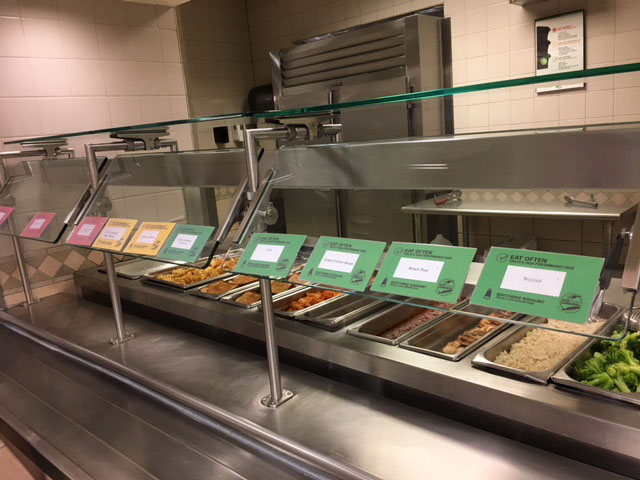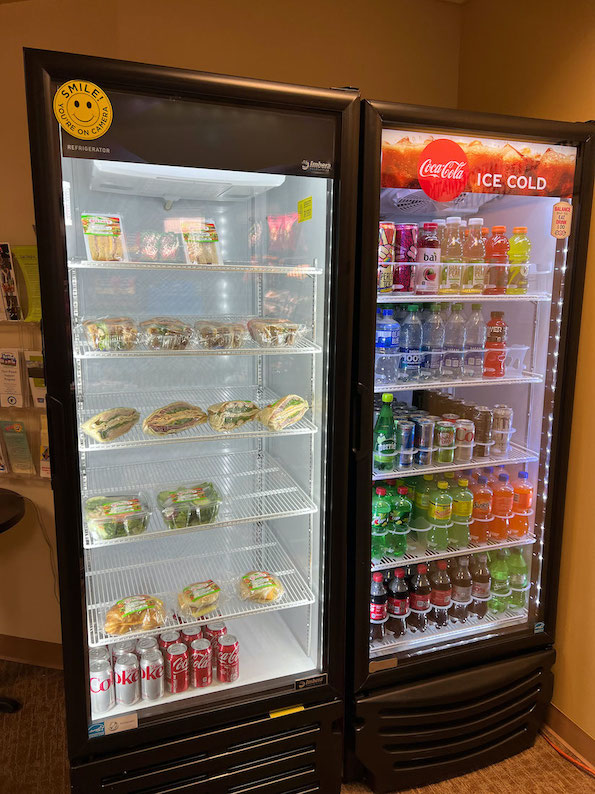Once you’ve completed a mNEAT assessment, it’s time to turn your results into action. But where do you start? Which venue or area should you focus on?
First, review your mNEAT results and identify which venues or categories (food policy, food availability, or behavioral design) are lower-scoring areas of opportunity. Every installation and ship is unique, but there are many things to consider when choosing an action-plan focus area.
- Installation or Service priority area

- When you take on an action plan that aligns with your local installation or Service priority area, it can help secure support and resources.
- An action plan complementary to larger initiatives can synergize marketing and educational efforts, allowing cross-promotion (for example, Army’s Holistic Health and Fitness [H2F] program, DeCA’s Dietitian Approved Thumb [DAT] program, etc.).
- Service Member priority area
- Consider opportunities you have to seek feedback and input from Service Members. Is there a common, specific request or interest? For example, do they want more nutritious foods available at late hours, a larger variety of grab ‘n go options, or plant-forward menu offerings?
- Align your action plan with Service Member interests to help make your initiatives successful by meeting the needs of your target population.

- “Low-hanging fruit” or quick fixes
- If there’s an easy action plan to take on, take it! It might be as simple (and at no cost) as rearranging items in a cooler or shelf to move the high-performance, more nutritious options to eye level.
- Consider what’s within your control (can be modified locally) and what’s not (must be done at a headquarters or corporate level). For example, Go for Green® is often managed at local dining facilities and galleys with multiple implementation resources.
- A success story can build confidence among your mNEAT teammates and leadership.
- Ability to make the most impact
- Think about a venue that has the potential to positively affect Service Members’ nutritional fitness. It might be a central dining facility, popular market, or educational platform that reaches a majority of the local community.
- A community in need (single Service Members, units on shift work, or high-risk jobs) could be another way to maximize impact.

- Existing relationship with a venue
- If you already built and established rapport, you’ve taken the first step to collaborate with food service operators and stakeholders. Use that momentum to find common goals.
- A strong relationship can make communication, tough discussions, and implementation go more smoothly.
- A venue that requested assistance or support to improve their menu offerings, food setup, education or marketing, or other military nutrition environment concepts
- An established interest and support can help facilitate success for the local venue and your mNEAT team.
Use the mNEAT Facilitator's Guide Appendix D: Action Planning Sheets for help with developing goals for your action plan. Although an action plan’s goal is often set to improve your installation’s mNEAT score, the overall goal is to enhance access and availability of more nutritious, high-performance foods and drinks.
